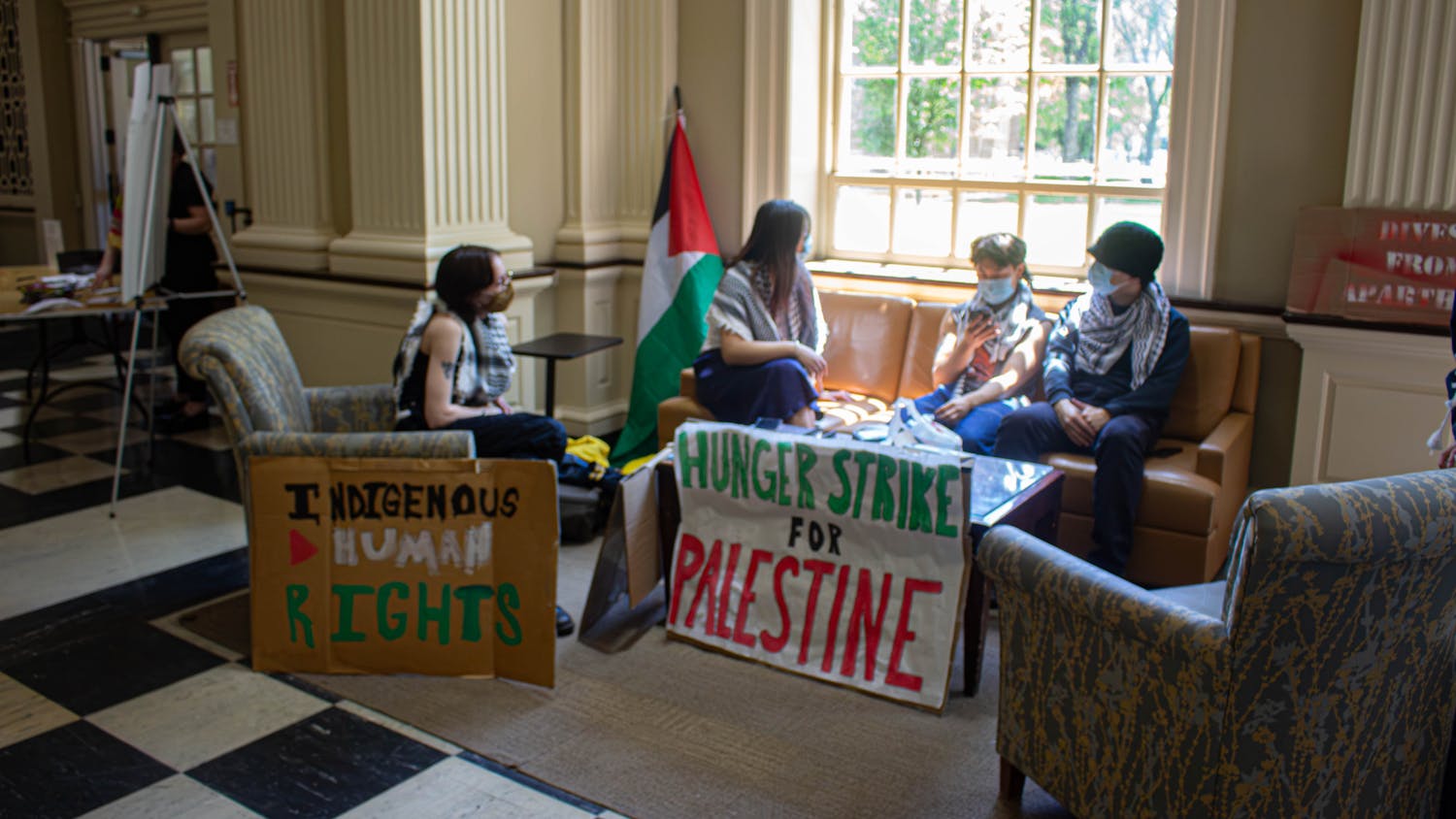Economics professor Eric Edmonds continued to deliver his economic analysis of the causes of child labor Wednesday evening when the power shut down across campus, not disappointing the audience of about 40 students and community members who gathered in the Rockefeller Center.
Drawing on his experience as an economic adviser to Vietnam in the 1990s, Edmonds divided his lecture, entitled "Child Labor in the Global Economy," into four basic categories starting with a definition of "child labor," a term, he said, that carries both political and practical meanings.
Edmonds warned the audience about believing media portrayals of child labor, too many of which focus on sensational stories about shackled children forced to work in factories while ignoring the more common issue of rural child labor, where poor families need children to work on family farms.
"The newspaper images that we see of kids chained in factories are urban images," he said. "A lot of what we actually see is children working on farms."
Edmonds then changed his focus to the subject of why the general public should pay attention to child labor issues. He cautioned the crowd about universally associating child labor with child abuse.
"Because some children are abused doesn't mean we should extrapolate that all children are being abused," he said.
Edmonds highlighted poverty as the main cause of child labor but also explained that it was not the only thing to blame for the issue.
"If a child is out of work, what are they going to do?" he said. "If you a see a kid who's working, and you get them out of work, it doesn't mean they're going to go to school."
Schools are often not positive alternatives to work, Edmonds said about developing countries where school conditions are deplorable. He listed the high cost of school supplies and uniforms as one educational deterrent for children who do not work and added that transportation may also be a problem.
In India, many students have to walk more than one kilometer to reach the nearest post-secondary school. If they decide to walk that far, there is a 25 percent chance the teacher will show up, he said.
About 30 minutes into the hour-long lecture, the crowd was forced to spend a few seconds in the dark. Although the auxiliary lighting did come on, Edmonds continued without the assistance of his prepared PowerPoint presentation.
To conclude his talk, he suggested that one way to combat child labor would be to pay children to attend school. He cited the success of a similar project in Mexico as evidence for his idea.
Edmonds left the audience to ponder one final question.
"We've got all these programs to combat child labor, but we're not giving any thought to whether they're working," he said. "You've got to ask yourself, if these kids aren't working, what are they going to do?"
Edmonds' lecture was cosponsored by the League of Women Voters.



